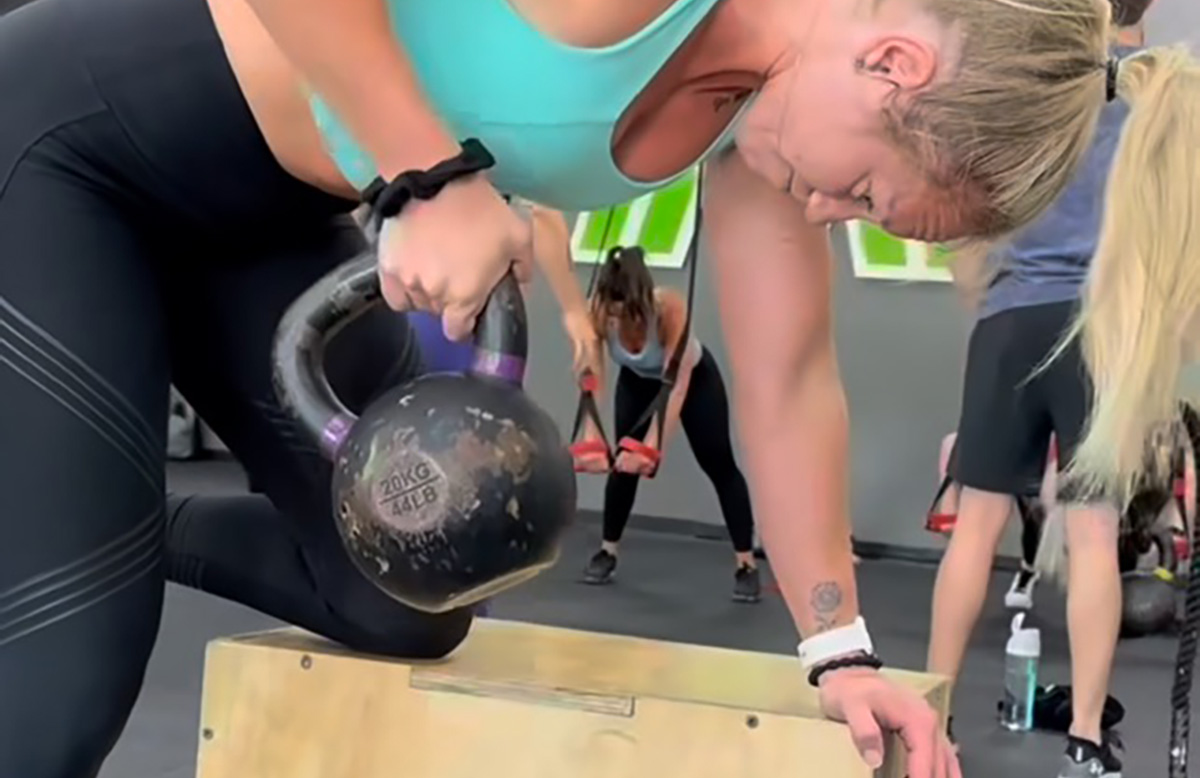Isometrics can be a real WEAPON in your training arsenal, but like anything else, you have to apply them properly!
What are Isometrics?
Glad you asked!😎
During any given movement, the muscle fibers lengthen (stretching during the eccentric phase), and then shorten (contracting during the concentric phase).
An isometric contraction consists of a muscular contraction that involves no movement from the relevant joint.
Typically these are done at the point of the range of motion where the tension is the GREATEST! 🔥
Here are some tips to best utilize isometrics in your training:
▶️Do them with a relatively “heavy” load for time periods of :30 or less. The real benefit of isometrics lies in the fact that there is a MAXIMAL muscular contraction, but in order for that to occur, it can’t feel like you are “hanging out” while performing them for long periods of time. Anything longer than :30 will likely tap more into muscular endurance, and that is a different physical quality that is not our focus here.
▶️Use them on a given muscle group BEFORE it is fatigued, in order to take advantage of using a sufficient enough load. This will recruit a large number of motor units, which is the goal for strength and size development. All too often, they are used as a “finisher”. This is not a bad thing, per se, but if you have not tried them fresh, give it a whirl!
▶️Use them at YOUR weakest moments in a given lift OR where tension is greatest.
Weak at the bottom of a squat?
Use them there!
Tend to feel the most pec tension in the midpoint of your press?
That’s your spot!
Check out Metabolic Fitness Head Coach, and more importantly, the best DJ in the game, @mm_drew performing an INTENSE set of Kettlebell Waiter Holds with a 153 lb Kettlebell. This clip came at the end of a :20 set, impressive stuff! 💪🏾



